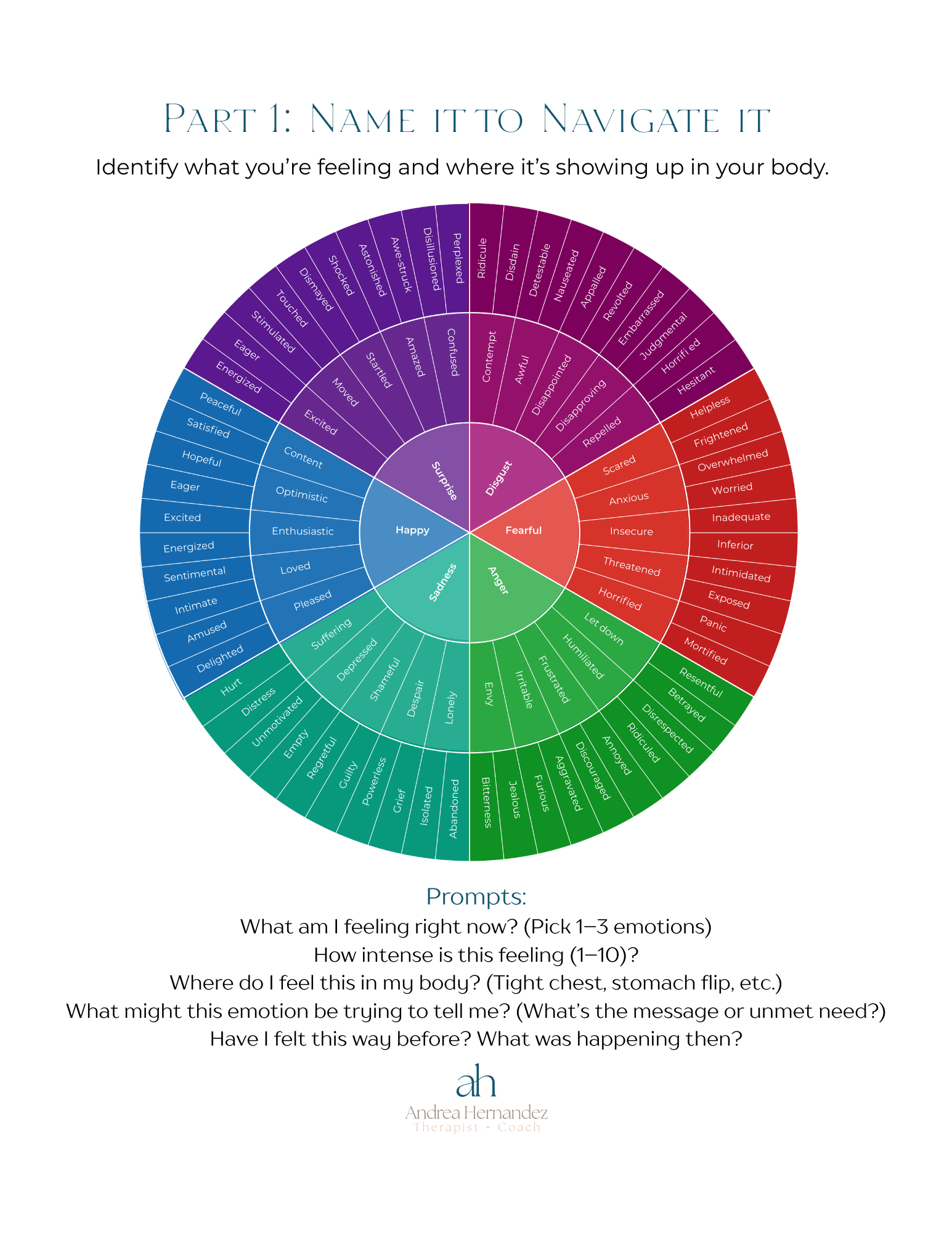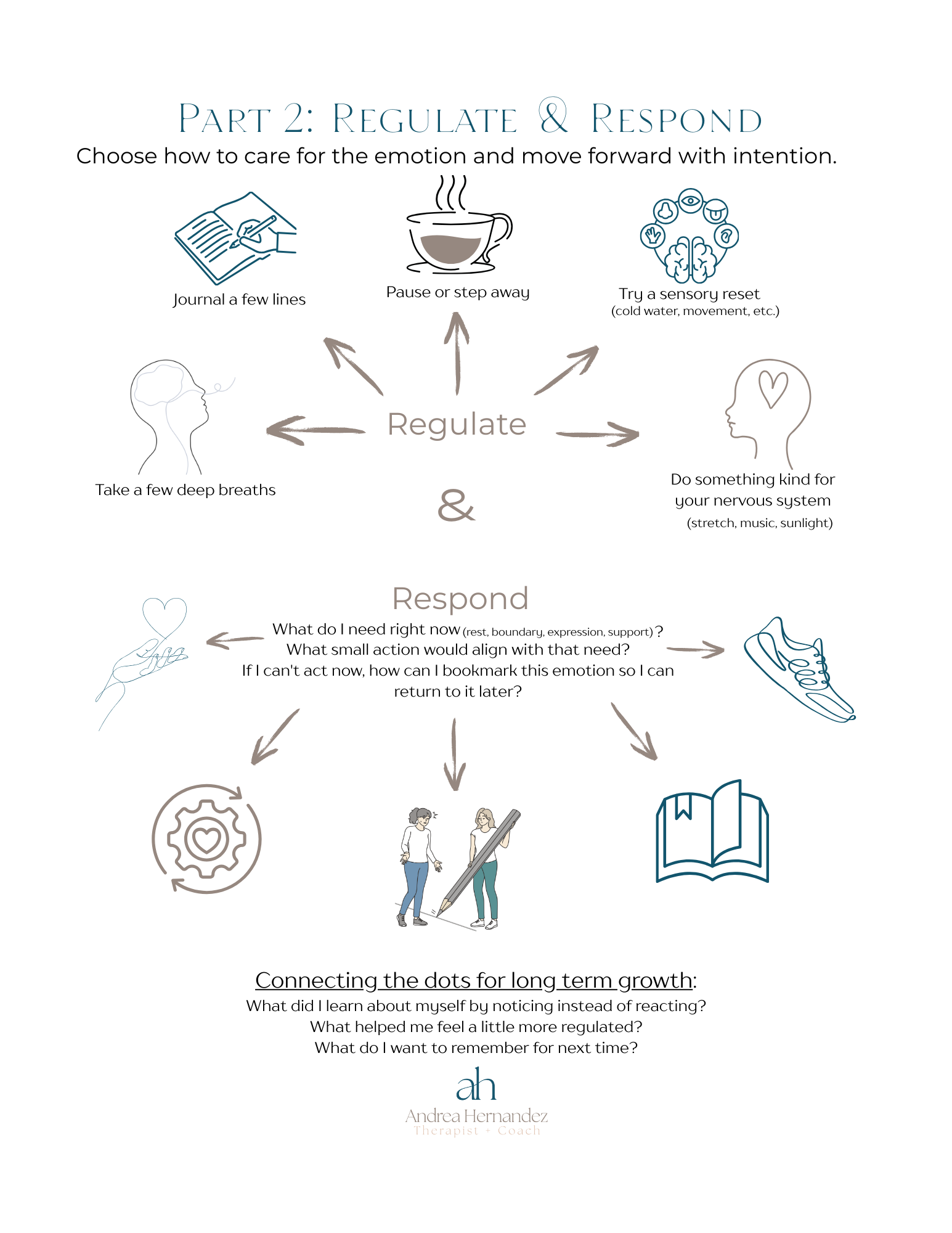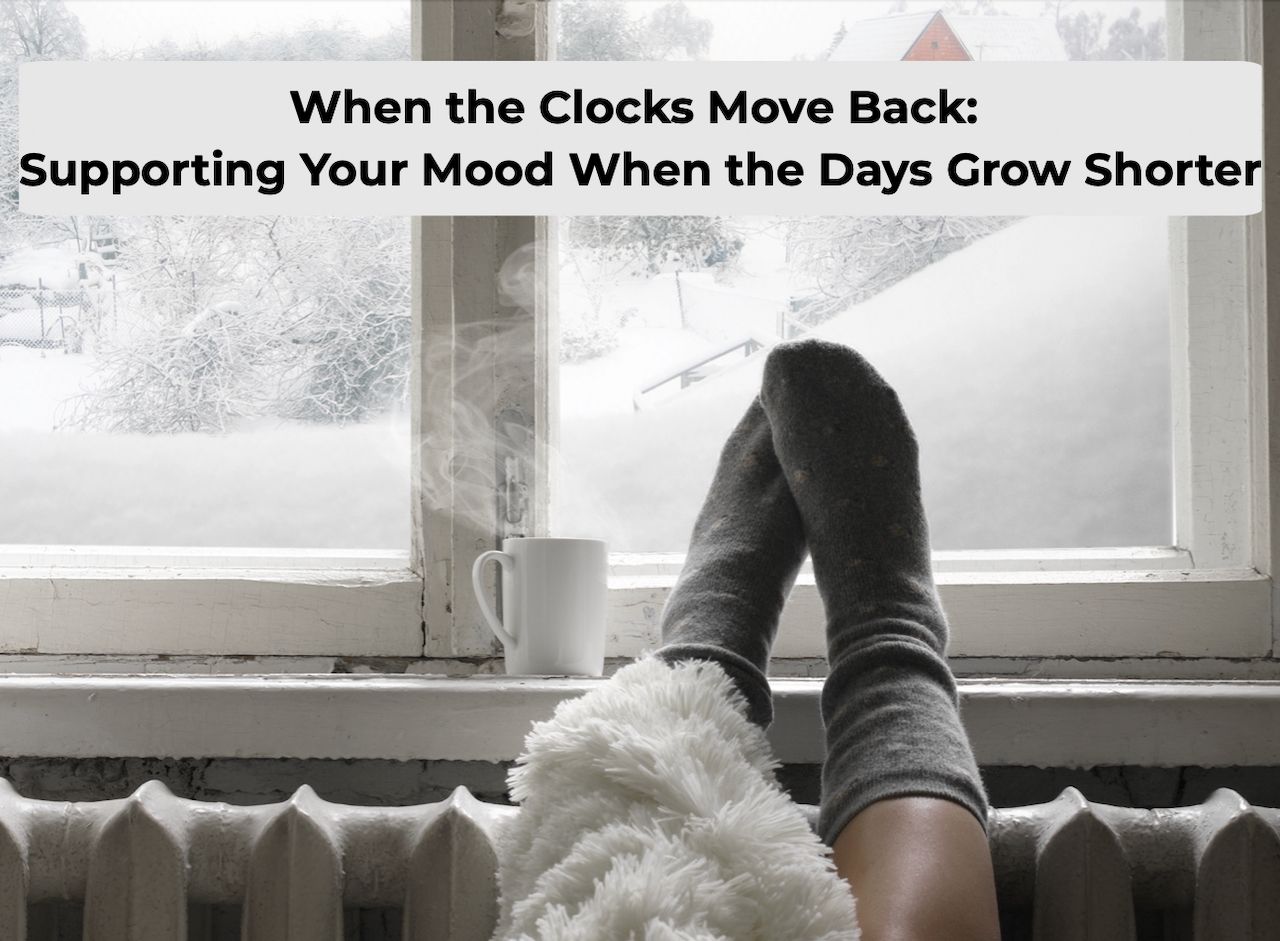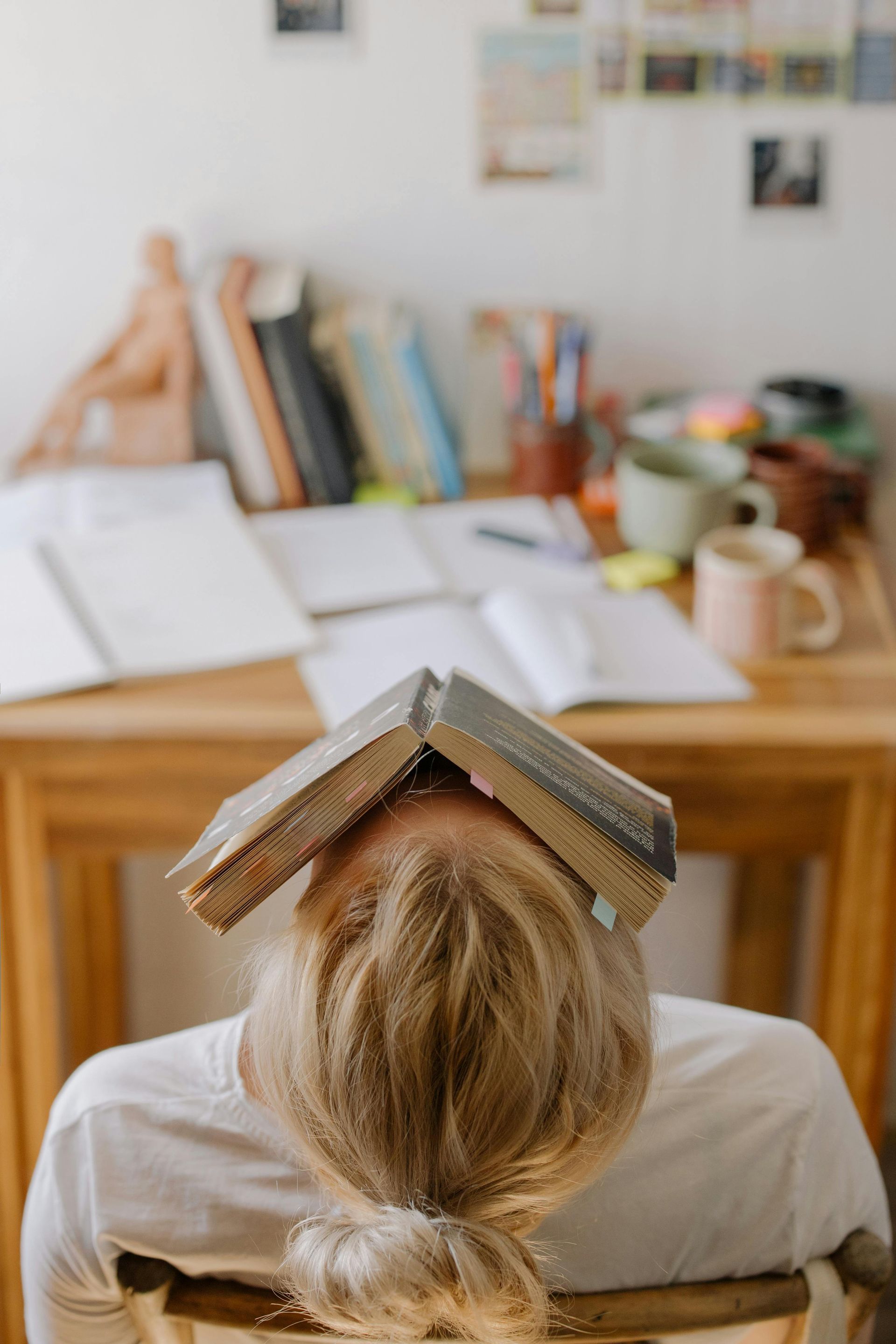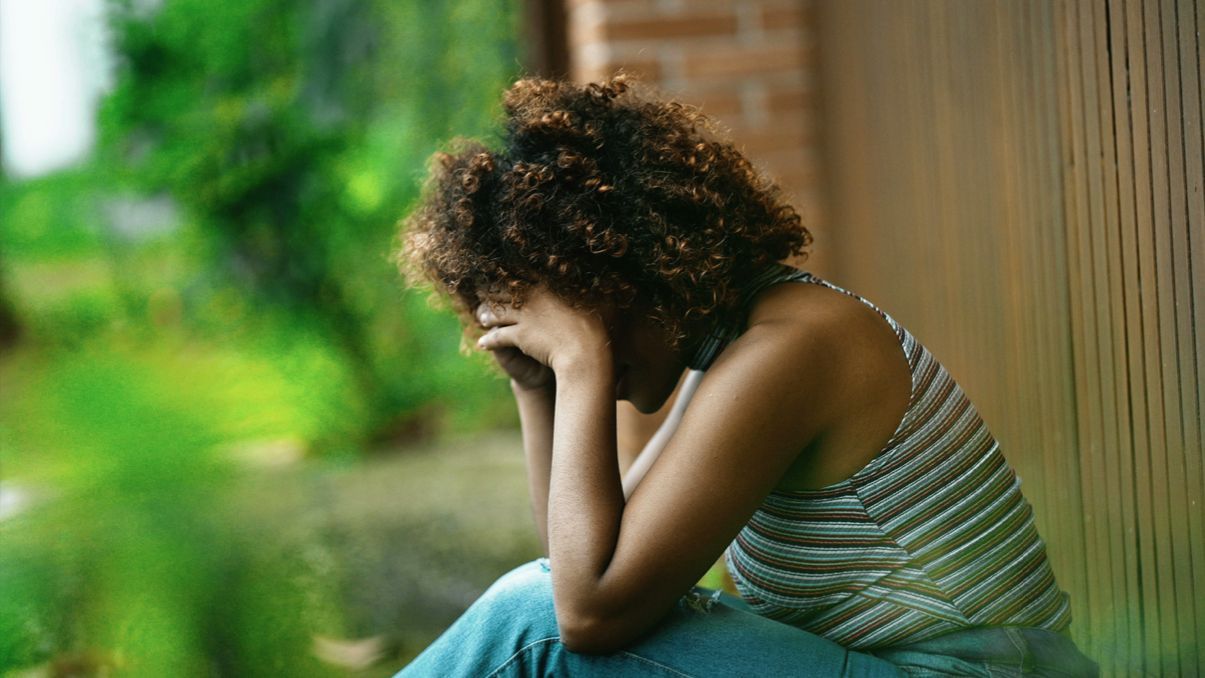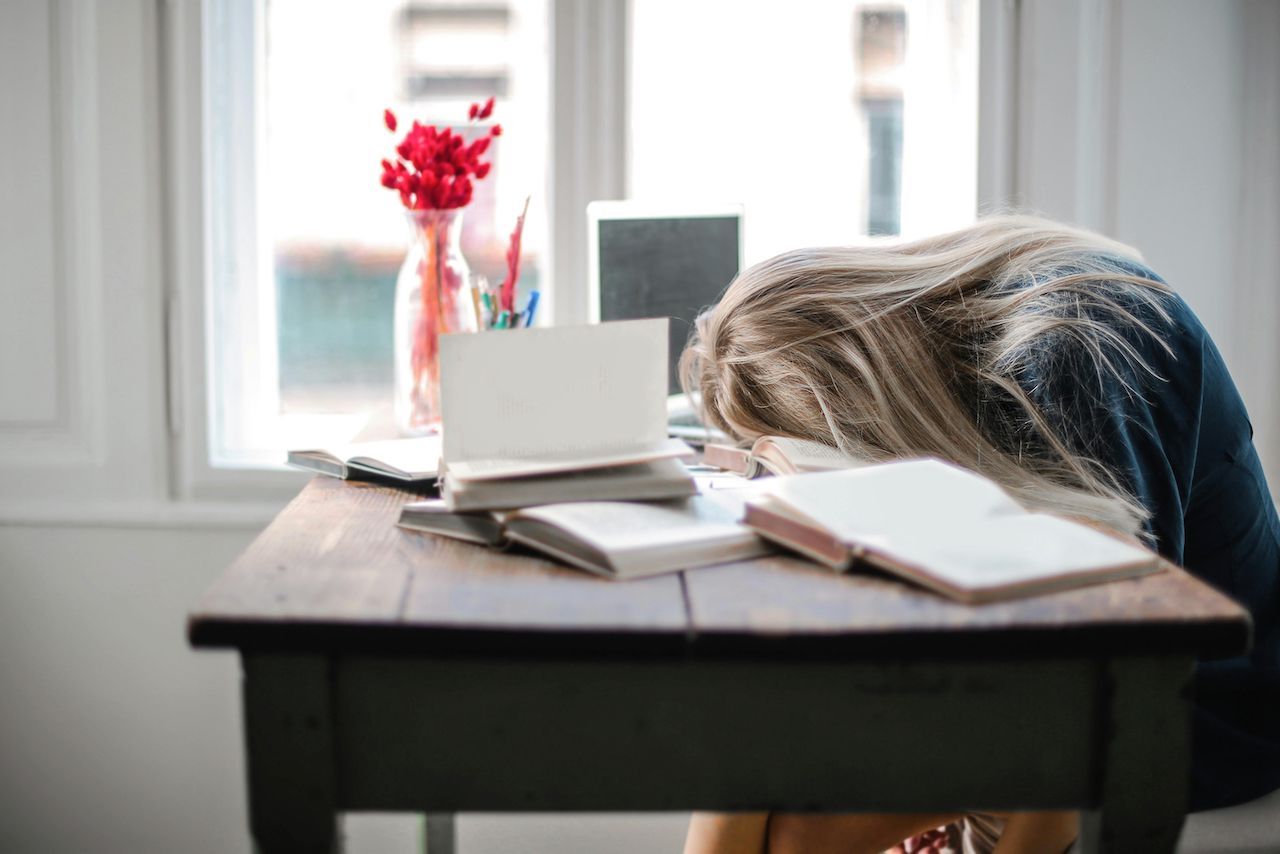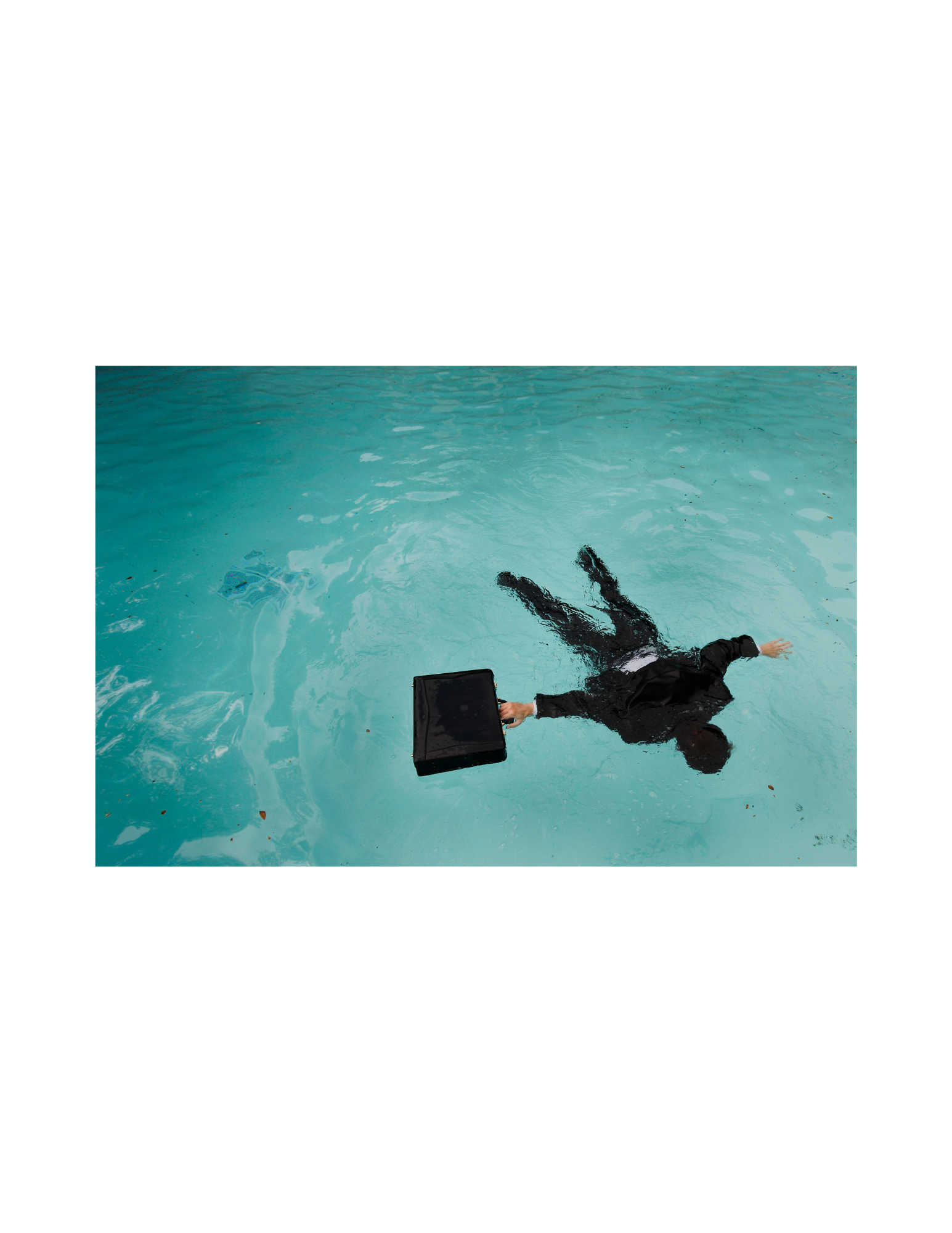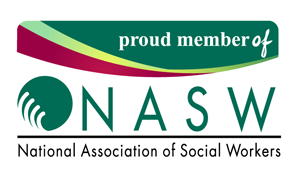How to Recognize a Healthy Relationship: 10 Grounding Signs
When you’ve been in a relationship marked by control, confusion, or emotional chaos, it can be hard to know what “healthy” even looks like. You might wonder if your expectations are too high. Or find yourself second-guessing your instincts or feeling unsure whether what you’re experiencing is normal. Your body might be bracing, even in calm moments. And your heart might be holding onto hope while ignoring warning signs.
That’s not because you’re broken—it’s because your system adapted. You might have learned to override discomfort, minimize your needs, or believe that tension is just part of love.
So let’s dig into the basics. What actually defines a healthy relationship? What does it look and feel like—and how can you tell when something’s off? Healthy relationships don’t require you to shrink, guess, or endure. They support your nervous system, your growth, and your sense of self.
If you’ve ever found yourself asking, “Is this normal?”—this guide is for you. These 10 grounding signs aren’t about perfection, but about patterns. This post offers a clear, grounded starting point—so you can begin to reconnect with your instincts, your standards, and your sense of self.
Healthy Relationships Aren’t Perfect—They’re Grounded
We’re not talking about perfection. Every relationship has conflict, miscommunications, and hard moments. But healthy relationships have repair, respect, and reciprocity at their core. You don’t feel like you’re always performing, explaining, or shrinking yourself to stay connected. And when conflict happens, it’s navigated with care—not punishment.
Here’s what that looks like in practice.
10 Markers of a Healthy Relationship
1. Safety (Emotional + Physical)
You feel emotionally safe enough to express yourself honestly. You’re not afraid of being punished, mocked, or shut down for being vulnerable.
2. Mutual Respect
Your needs, boundaries, and time are valued—not just tolerated. Differences are met with curiosity, not contempt.
3. Accountability
Both people can own their impact, apologize, and work toward change. No endless excuses, deflections, or blame-shifting.
4. Communication That Connects
Disagreements are approached with a desire to understand—not to win. You can talk through issues without fear of escalation or shutdown.
5. Space to Be Fully Yourself
You don’t feel like you have to dim your light, hide your flaws, or suppress parts of yourself to keep the peace. Your full self is welcome.
6. Support Without Scorekeeping
You can lean on each other without it turning into a tally sheet. Acts of care feel generous, not transactional.
7. Respect for Boundaries
A healthy partner doesn’t take boundaries as rejection. They listen, adapt, and respect what you need—even when it’s inconvenient.
8. Consistency
You don’t feel emotionally whiplashed. The person shows up in a way that feels steady, reliable, and emotionally regulated.
9. Shared Responsibility for the Relationship
You’re not the only one initiating conversations, managing emotions, or doing the relational labor. There’s a shared investment.
10. Growth Mindset
You both want to keep learning, adjusting, and growing—individually and together. You’re on the same team, not competing for control.
The Body Remembers (Even When the Brain Second-Guesses)
A relationship doesn’t have to be overtly abusive to be harmful. You deserve more than just “not toxic.”
Healthy relationships feel different—not perfect, not always easy, but steady and nourishing. They make room for your emotions. They invite connection instead of confusion. And most importantly, they help you feel more like yourself, not less.
If these signs feel unfamiliar, that’s okay. You’re not behind—you’re becoming more attuned. This kind of clarity doesn’t just help you set stronger boundaries; it helps you choose better connections going forward.
Because the goal isn’t just to avoid what harms—it’s to move toward what heals. You deserve steadiness. You deserve emotional safety. You deserve a relationship that feels like a safe place to land—not a puzzle to constantly decode.
Up Next in This Series
In the next post, we’ll dive into “12 Warning Signs of an Antagonistic or Emotionally Unsafe
Relationship”—so you can start recognizing red flags without minimizing them.
Because seeing clearly is the first step to choosing differently.
Your nervous system keeps score. If you've spent time in relationships marked by tension, volatility, or walking on eggshells, your body might have adapted to see that as normal—even if it wasn’t healthy. Over time, physical cues like chest tightness, jaw clenching, or a racing heart can become your baseline—even in moments that should feel safe. But that doesn’t mean they’re normal. Your body may be trying to tell you something.
You may even start dismissing or overriding those signals with thoughts like:
- “It’s not a big deal, I’m just being sensitive.”
- “This is just how relationships are.”
- “I always feel a little on edge—what’s new?”
But those subtle physical cues are important. They’re data. A healthy relationship helps your body exhale. Your breath deepens. Your muscles relax. Your thoughts aren’t running loops, preparing for the next blow-up or retreat. You feel more like yourself.
Learning to notice and honor your body’s messages—without judgment—is an act of self-trust. And it’s often the first step toward recognizing whether a relationship supports your regulation or constantly puts you in survival mode.
Noticing the Contrast Can Be Clarifying
Once you start to see the contrast, it gets easier to name what’s been missing.
Unhealthy dynamics often show up in subtle ways—minimizing your feelings, making you feel like the “difficult” one for having needs, or constantly keeping you on edge. When you know what healthy looks like, you stop justifying the bare minimum.
You begin to trust your gut when something feels off.
Final Thought: You Don’t Need to Settle for “Not That Bad”
Want support?
If you're noticing that emotional overload, confusion, or relational stress feels constant, you're not alone. Whether through therapy or coaching, I help clients reconnect with themselves, learn to regulate, and move forward with more clarity and self-trust.
Explore my
free resources or
connect and explore therapy and coaching options. You don’t have to figure it out alone.
Please complete the form below to gain access to my handouts library.
